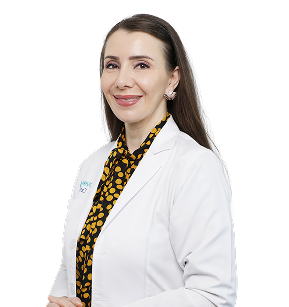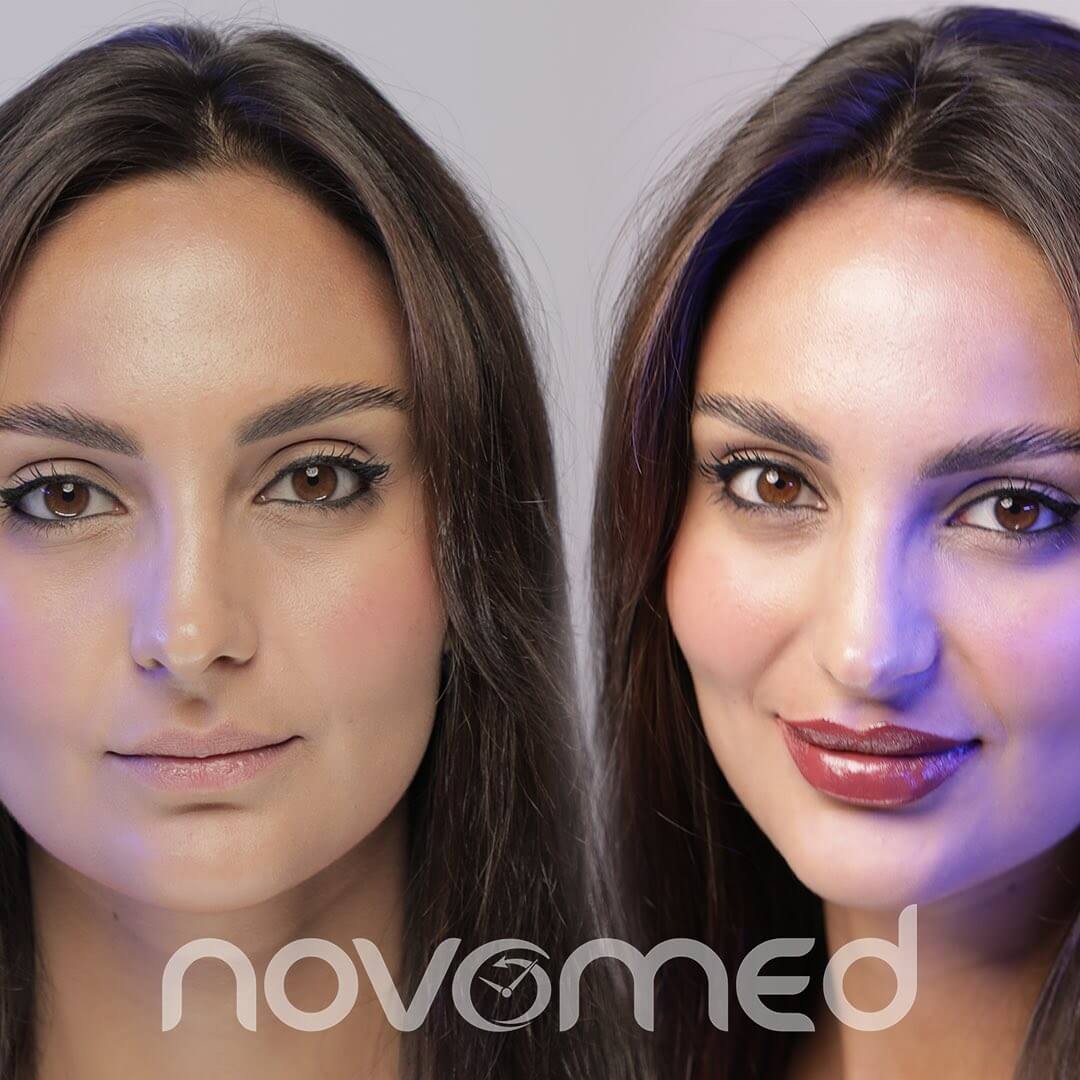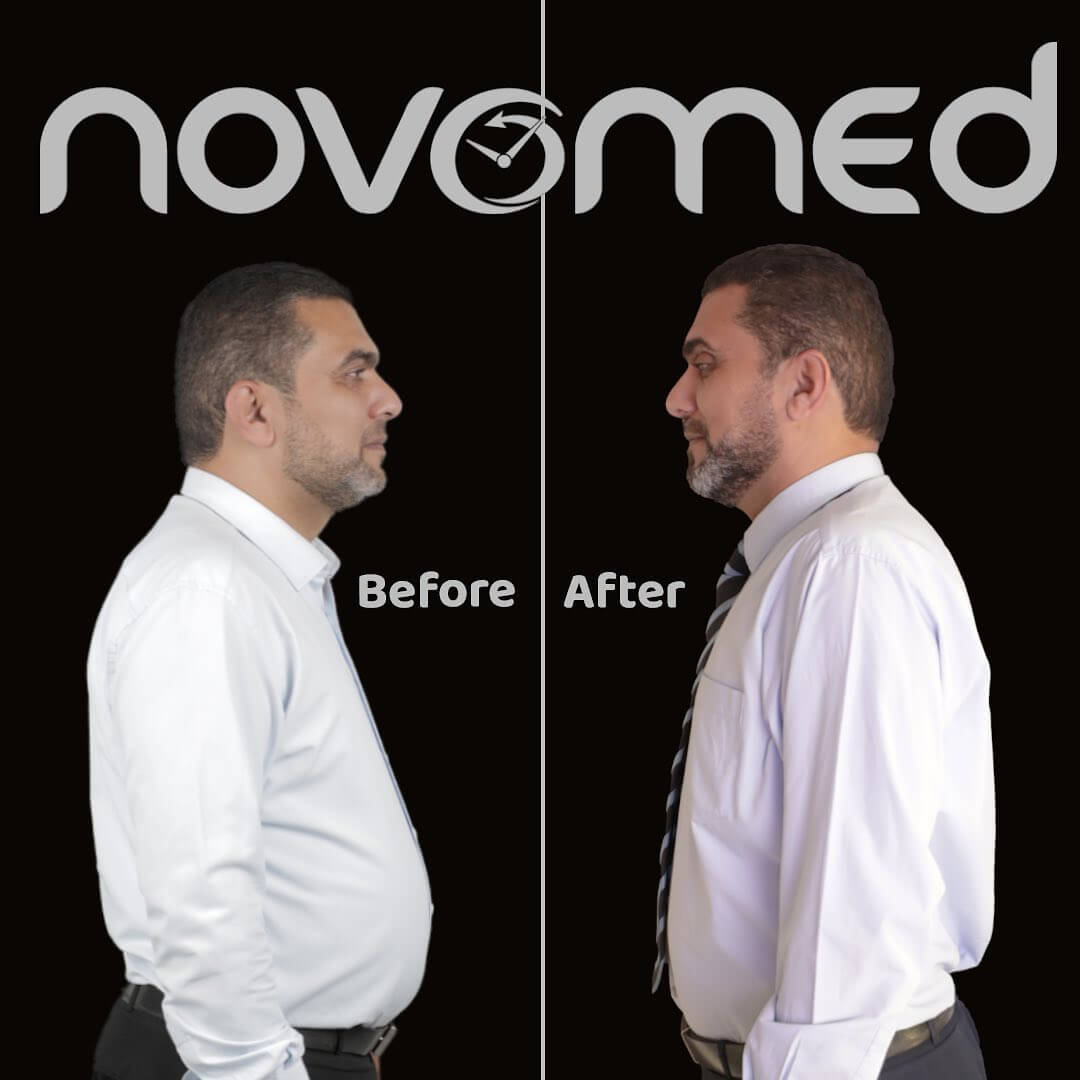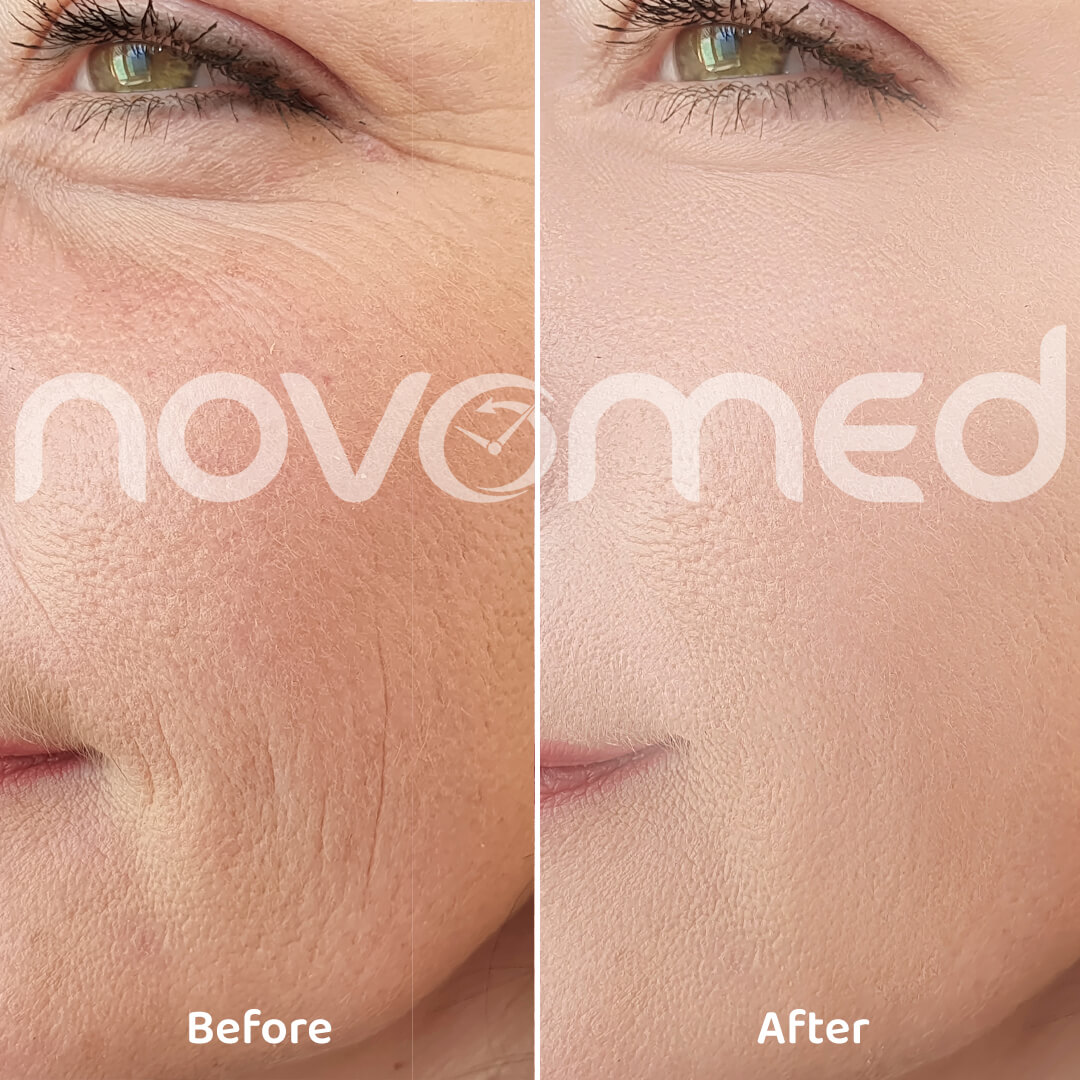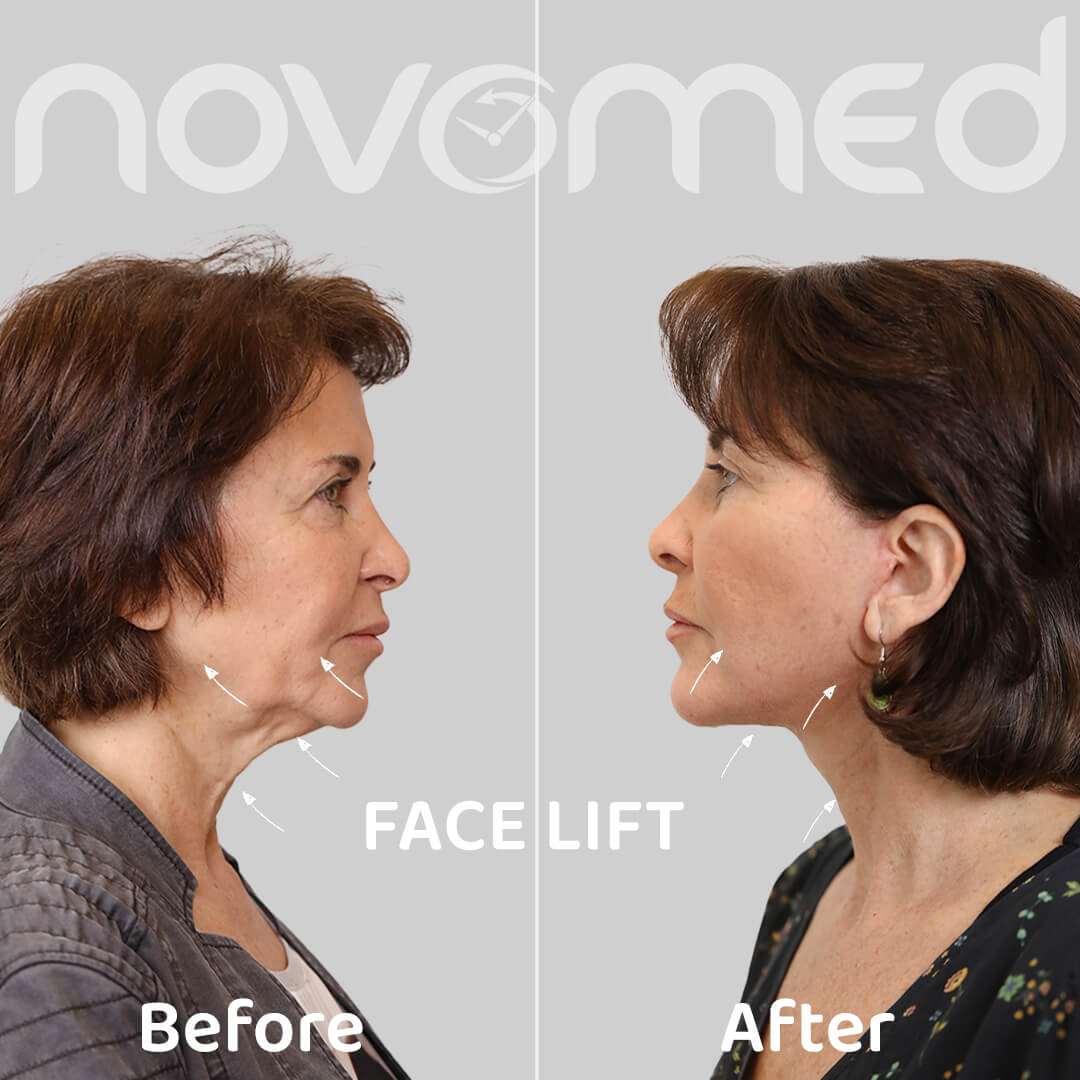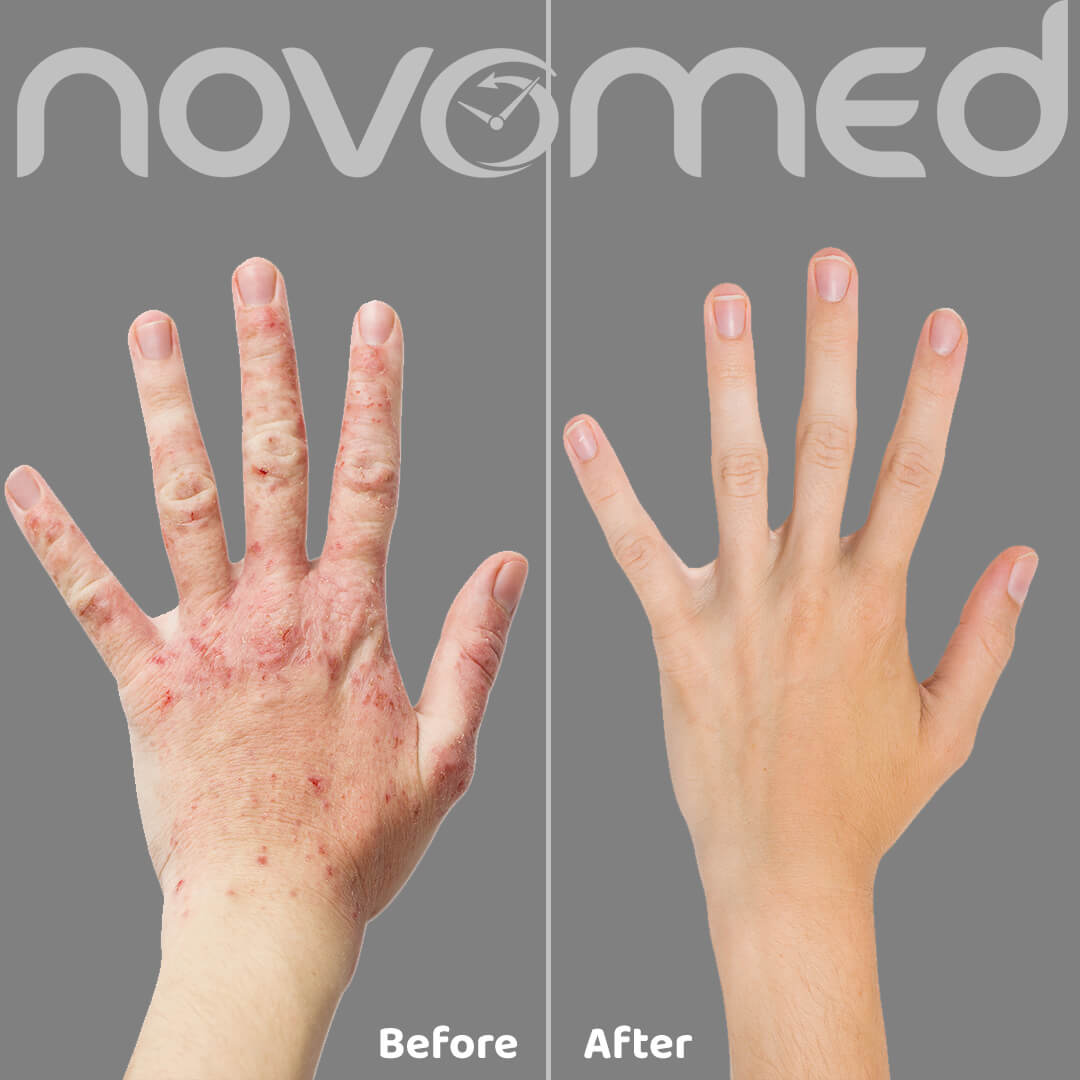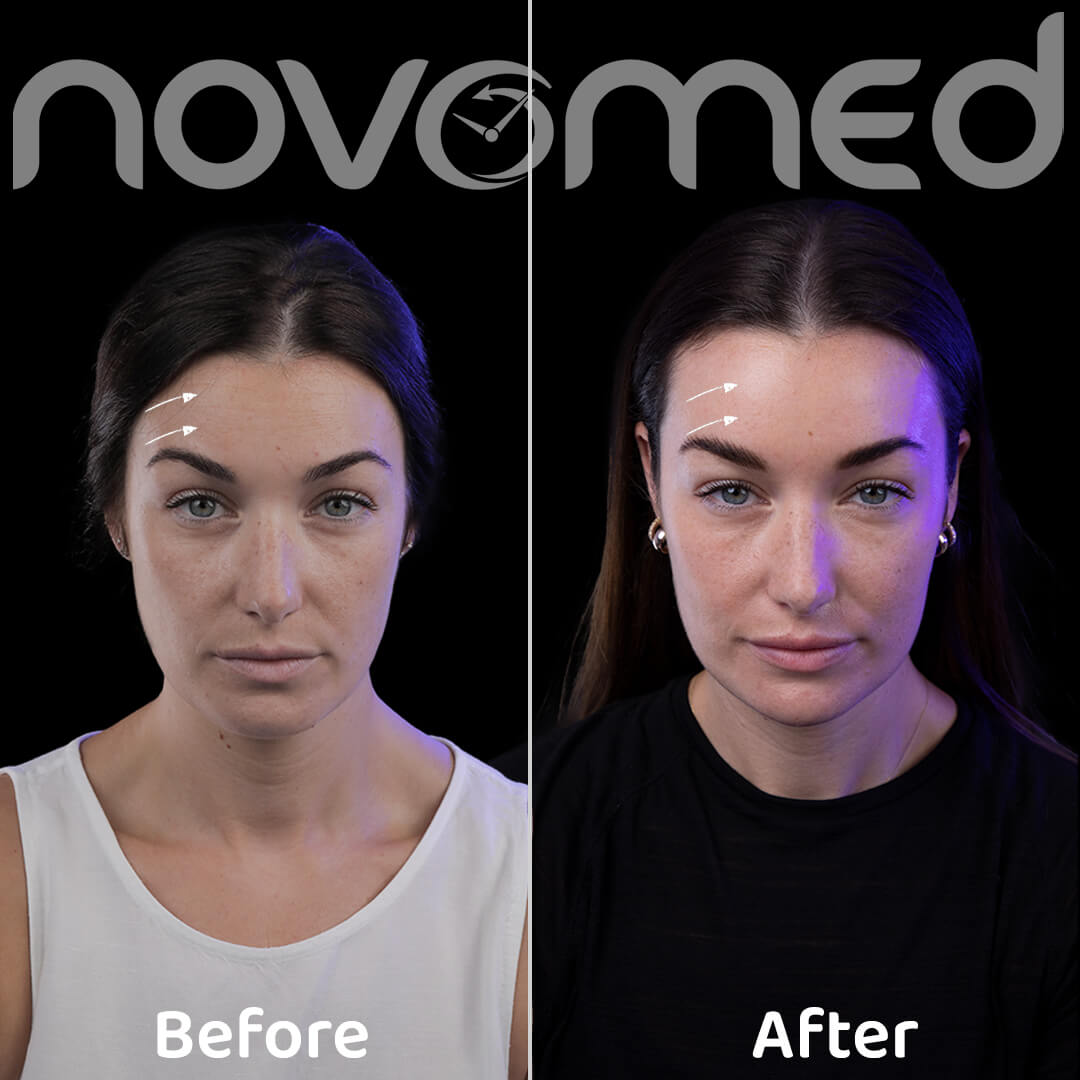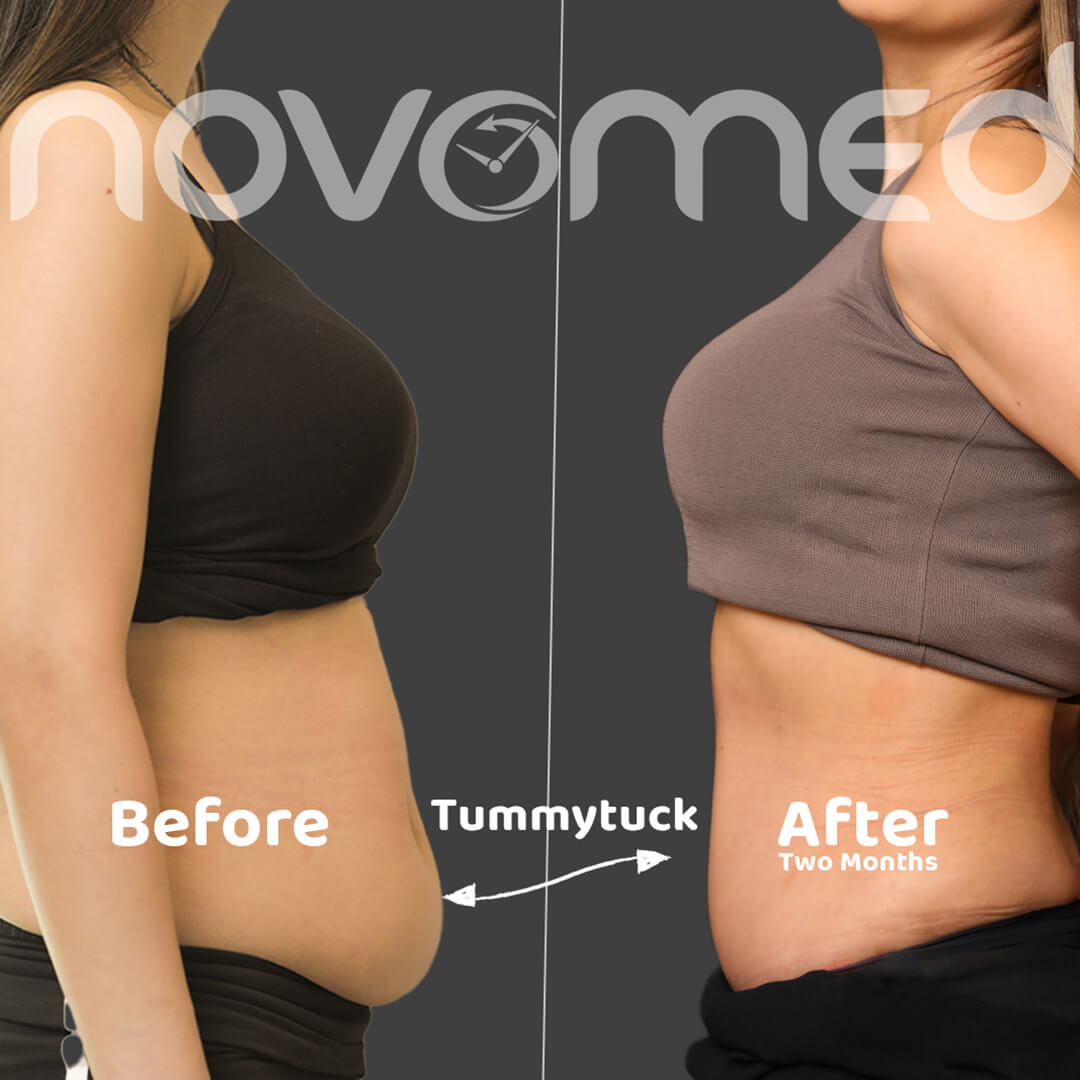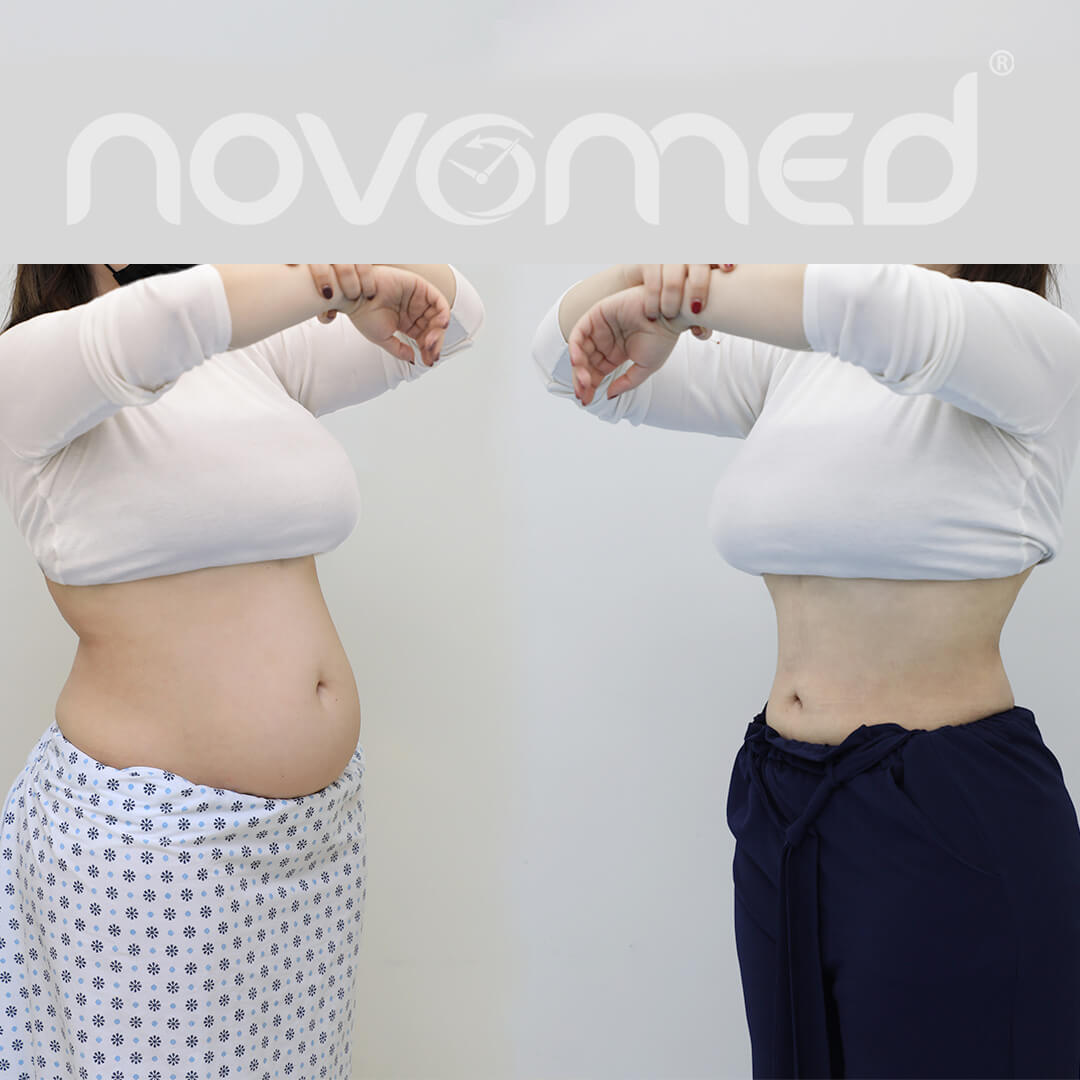What are stretch marks?
Stretch marks are fluted streaks that usually appear on the abdomen, breasts, hips, buttocks, and thighs and they become less apparent over time. Stretch marks are common in pregnant women, especially during the last trimester of pregnancy. Treatment may make the stretch marks fade away but cannot remove them completely.
Stretch marks are not painful or harmful but can make people concerned about their appearance. It may be a good idea to consult one of our specialists if you are concerned about the appearance of your skin or if stretch marks cover large areas of your body. they can help you identify the underlying cause of stretch marks as well as discuss treatment options.
What are the symptoms of stretch marks?
Stretch marks differ according to their cause, location on your body, and your skin type. Common variants include:
- Grooved stripes or streaks
- Pink, red, blue, or purple streaks
- Lines on the abdomen, breasts, hips, buttocks, or thighs
- Lines covering large areas of the body
What are the causes of stretch marks?
Stretch marks are caused by stretching of the skin. The severity of the signs depends on many factors, including genetic predisposition, the degree of pressure on your skin and the level of cortisone in your blood. Cortisone is a hormone made by the adrenal glands and it weakens the elastic fibers in the skin.
What are the risk factors of stretch marks?
Anyone can develop stretch marks, but there are some factors that increase your likelihood of developing them, including:
- Being a woman
- Having a personal or family history of stretch marks
- Pregnancy, especially for younger women
- Being overweight or obese
- Rapidly gaining or losing weight
- Use of corticosteroid medications
- Undergoing breast augmentation surgery
- Having a certain genetic disorder, such as Cushing’s syndrome, Marfan syndrome, or others
How are stretch marks diagnosed?
Our dermatologist will conduct a skin examination and review your medical history. Then they will ask you questions about your signs and symptoms, as well as existing medical conditions. If the doctor suspects an increase in your cortisol production, they may recommend additional tests.
How are stretch marks treated?
The following are among the treatments available to improve the look and feel of stretch marks. A combination of treatments may be more effective based on your diagnosis and expectations.
- Retinoid cream. Retinoids derived from vitamin A may improve the appearance of stretch marks less than a few months old. This treatment helps rebuild collagen, making the appearance of stretch marks closer to normal skin.
- Laser Therapy. Laser treatments are available that may aid the growth of collagen or elastin in your skin. Our dermatologist can help you decide which treatment approach is right for you.
- Microdermabrasion. This type of treatment involves using a handheld instrument that blows crystals into the skin. These crystals gently remove a thin layer of skin, promoting the growth of new, more elastic skin.
Book your appointment at Novomed today!
To book a consultation with one of our expert dermatologists in Dubai, call us at 8006686, fill out the booking form or click the live chat icon at the bottom of the screen.






